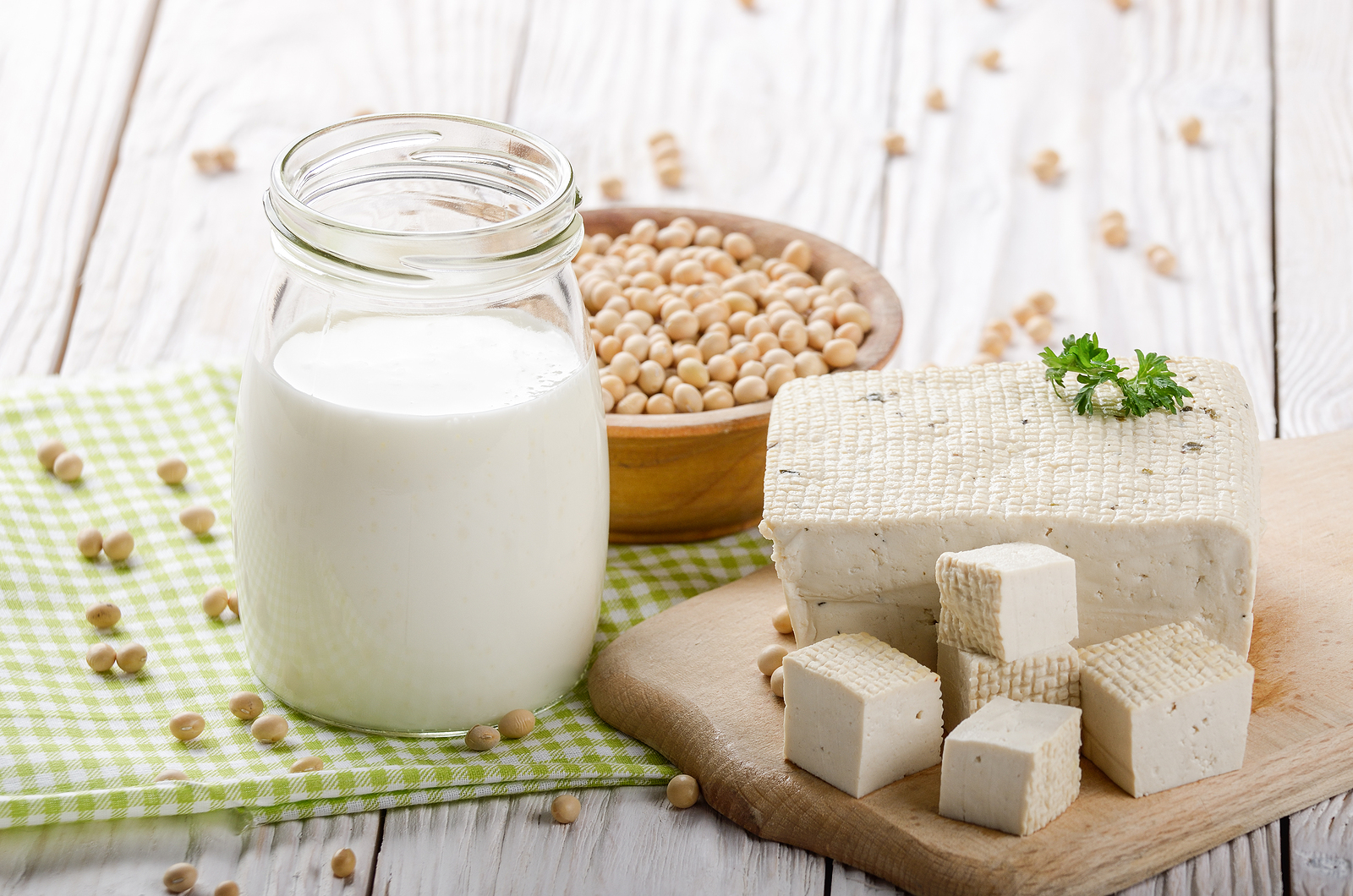All soyfoods start with a simple bean, but not all beans are created equal. Soybeans (Glycine max) come in different varieties depending on the intended end use, and variety selection can affect a soyfood’s flavor, appearance, and texture. We asked global food-grade soybean producer and marketer Bob Sinner with SB&B Foods, a family-owned producer, processor and supplier of food grade crops to markets around the world, about what attributes lead to a premium end product.
What soyfoods are driving the industry, and what soybean variety attributes contribute to a premium product?
The 2 main products globally are tofu and soymilk, and for the most part soymilk is driving the industry. Each company wants different attributes in their soybeans depending on what they are making and the methods they use. Making soyfoods in many ways is an art. Each soyfood manufacturer has its own unique way of making products, and may tweak their processes a little bit so that their product is somewhat different than another company’s.
When you make soymilk, you can also convert it to tofu, simply by adding a coagulant. A lot of soybean varieties that are good for soymilk can also be used for tofu. However, you get a better yield in tofu from a higher protein bean, but that isn't necessarily the most desirable for the soymilk industry. They may want a little higher sugar content and maybe a little less protein. Protein in those 2 products is still important, but taste, color, and texture are crucial characteristics of a good retail product. Nutrition is one thing, but it is important to make a product that people will want to eat or drink.
The first time people try soymilk they may not like it; especially if it's not flavored. The beany taste in some products can be overpowering for some. For the most part, that flavor comes from the lipoxygenase enzyme in the soybean. Companies can enhance taste in one of 3 ways: adding sugar and flavors, implementing different processing methods, or using a variety of soybeans that have lower lipoxygenase levels.
Tell us about the soybean varieties used to make soyfoods. What are soyfood companies looking for when it comes to the beans they use in their products?
It’s never one size fits all. Suppliers need to have varieties with good agronomic values, such as high yields and disease resistance, and ones that can make a good soy product. At our laboratory, we can test different varieties and learn about the characteristics of soymilk and tofu to provide the best soybean variety options to food manufacturers. Different varieties of beans provide a wide array of attributes and can vary in size, color, seed coat thickness, protein amounts, sugar levels, and oil levels. Even the hilum, which is the small growing point on the bean where it attaches to the pod, can be a factor. In applications where the beans are not ground up, many food companies want a hilum that is clear or white, as opposed to darker, to develop a more aesthetically pleasing end product. We always try to provide food companies with the right beans for their applications.
In what ways are soy’s taste and functionality affected through processing?
There are different methods for processing soyfoods, even if the end product is similar. Let’s look at soymilk as an example.
The traditional way to make soymilk is to soak soybeans for 6-8 hours. With the soybeans now at approximately 80% water, they are run through a grinder to make a slurry. Manufacturers then separate the liquid, which is raw soymilk and not yet drinkable. The raw soymilk must be boiled to destroy the trypsin inhibitors, which can reduce the digestion and absorption of proteins. At this point, you can now fortify the soymilk with nutrients like Vitamin D or calcium, and package it for sale.
Modern soymilk producers often start out by neutralizing some of the soybean’s beany flavor by de-hulling them. In addition, rather than soaking the beans, they will run them through a heat chamber or even add steam. They raise the temperature of the soybeans high enough to deactivate the enzymes, and then they'll add hot water before grinding. Such early heating or steaming, along with hot water, takes care of the enzymes and significantly reduces beany flavor. This process is considered a bit more sophisticated.
The market for soy-based products is constantly changing and evolving to meet consumers’ needs. What are some of the exciting products you’ve seen recently?
Entrepreneurs in the United States are bringing traditional soyfoods like freshly fermented natto to our markets, as well as perfecting new plant-based meat alternatives made from soy that mimic the flavors and textures of animal proteins. Food makers internationally are also developing new ways to use soy. I met with an overseas company in August 2022 that is making soy wine. I’ve also seen food makers offer a twist on traditional soyfoods, like tofu bars which are snack bars made from tofu and flavored with spices. There is so much innovation and many new products that soy consumers can get excited about!
